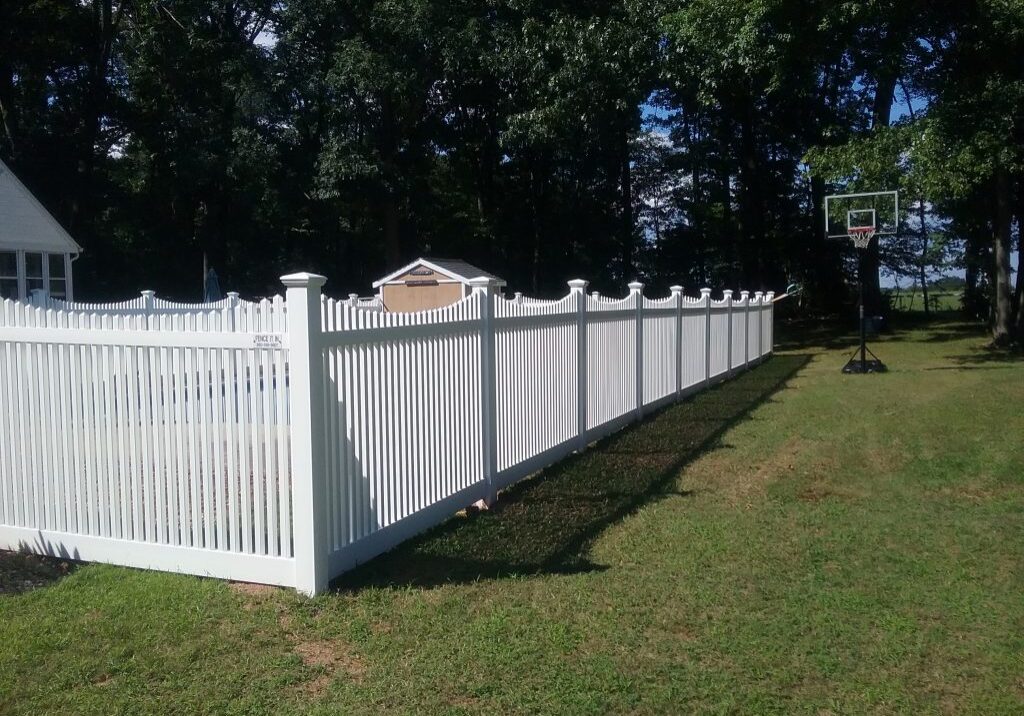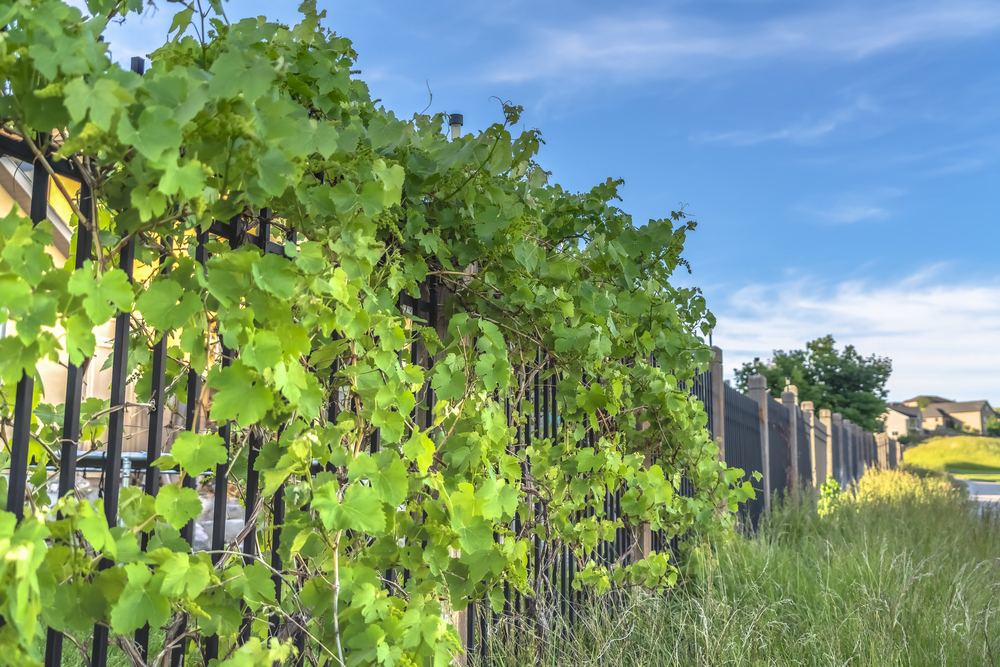All Categories
Featured

As organizations and home owners alike come to be more ecologically aware, discovering sustainable and green fence products is an important factor to consider. Whether you're looking to build a fence for privacy, security, or visual allure, choosing materials that decrease your environmental impact can assist protect the earth. In this post, we will certainly explore a number of eco-friendly fencing alternatives, each offering unique benefits for your property and the setting.
- Bamboo Fence: A Renewable Energy. Bamboo is extensively identified as one of one of the most eco-friendly and lasting fence materials offered today. As a yard rather than a tree, bamboo grows rapidly and can get to complete maturity in just 3 to 5 years, making it a very sustainable resource.
Environmental Advantages: Bamboo soaks up extra carbon dioxide than many various other plants, aiding offset greenhouse gases. In addition, bamboo needs very little chemicals and plant foods, making it a much healthier option for the setting. Toughness: Properly treated bamboo is resistant to insects and dampness, implying it can hold up against the components better than other wood choices. Visual Appeal: Bamboo supplies a tidy, modern look that functions well with numerous landscaping designs, from tropical gardens to modern metropolitan styles. While bamboo fencing is sturdy, it does need proper treatment to preserve its longevity, such as regular cleansing and periodic securing.
- Recycled Timber Fence: Offering New Life to Old Products. Recycled wood is an excellent environmentally friendly option for those that want the all-natural appeal of wood secure fencing without adding to deforestation. This product is often sourced from old structures, pallets, or other repurposed wood items, decreasing the demand for freshly collected lumber.

Ecological Benefits: Using recovered timber helps lower the demand to reduce new trees and can also stop important products from winding up in landfills. Resilience: Depending on the sort of timber and therapy it receives, recycled timber fences can be simply as sturdy as new wood, particularly if kept properly with sealers and weatherproofing. Visual Charm: Recycled wood fencings lug a rustic beauty and can be stained or repainted to fit your individual style. The main factor to consider with recycled wood is its upkeep. Over time, wood can become prone to rot, insect damages, and weathering, so routine upkeep is needed to extend the life of your fence.
- Metal Fence: Recyclable and durable. Light weight aluminum and steel secure fencing, especially when sourced from recycled products, offers a solid, green alternative to standard timber fence. These metals are 100% recyclable, meaning they can be repurposed indefinitely without losing top quality.

Environmental Advantages: Metals like aluminum and steel lower the demand for brand-new mining and raw material extraction, both of which have substantial ecological impacts. Furthermore, recycling metals requires less energy contrasted to developing brand-new metal from resources. Resilience: Steel fences are exceptionally solid, immune to weathering, and need little upkeep compared to wood alternatives. Aesthetic Appeal: Steel fences can be made in sleek, contemporary designs, or more typical looks, providing convenience for any building. While steel fencings are low-maintenance and durable, they are not as effective at supplying privacy compared to timber or vinyl alternatives because of the rooms in between the slats or bars.
- Living Fencings: Natural and Eco-friendly. Living fences, made from dense hedges, shrubs, or trees, provide a natural and eco friendly choice to typical fencing. Not just do they create a personal privacy barrier, however they likewise add to the setting by sustaining wild animals and improving air quality.
Environmental Benefits: Living fences take in carbon dioxide, improve dirt top quality, and offer environments for birds and other wildlife. In addition, they lower environmental pollution and improve air quality by filtering contaminants. Sturdiness: While living fences need even more upkeep than various other products (e.g., pruning, watering), they can be incredibly long-lasting if effectively preserved. Visual Appeal: Living fencings create a stunning, natural boundary that boosts the landscape and provides a distinct and natural look contrasted to conventional fencing options. The essential downside of living fencings is that they need ongoing upkeep and care, including normal cutting and parasite control.
- Hemp Fence: Strong and Sustainable. Hemp is a fast-growing and renewable plant that can be utilized to produce strong, environment-friendly secure fencing. Hemp fencing is made from all-natural hemp fibers, which are durable, naturally degradable, and resistant to parasites.
Ecological Advantages: Hemp expands quickly and calls for little water or pesticides. It likewise assists sequester carbon, lowering greenhouse gases in the atmosphere. As soon as the fencing is no more required, hemp is biodegradable and can be composted. Sturdiness: Hemp is normally immune to mold and insects, which aids it endure different weather and avoid the use of severe chemicals. Sustainability: Hemp farming is much less resource-intensive contrasted to other crops and helps maintain dirt health and wellness through crop rotation. Hemp fences are a fairly brand-new option on the marketplace, and they might not be as extensively offered as other products. Furthermore, they may not be as typically utilized for high-security applications.
Conclusion: Choose Eco-Friendly Secure Fencing for a Lasting Future. There are several green fencing products to think about, each offering special benefits for your property and the setting. Whether you select bamboo, recycled timber, metal, living fencings, or hemp, each option enables you to develop a gorgeous and practical border while decreasing your environmental footprint. By selecting lasting materials, you add to a greener future and support the growing movement toward responsible construction and landscaping methods.
Latest Posts
Find Out Cut Costs on Car Maintenance with Montclare Auto Repair’s Special Deals
Published May 29, 25
1 min read
Boost Your Building with Expenses Door Equipment
Published May 26, 25
1 min read
Find Affordable Auto Repairs with Montclare’s Limited-Time Service Specials
Published May 24, 25
1 min read